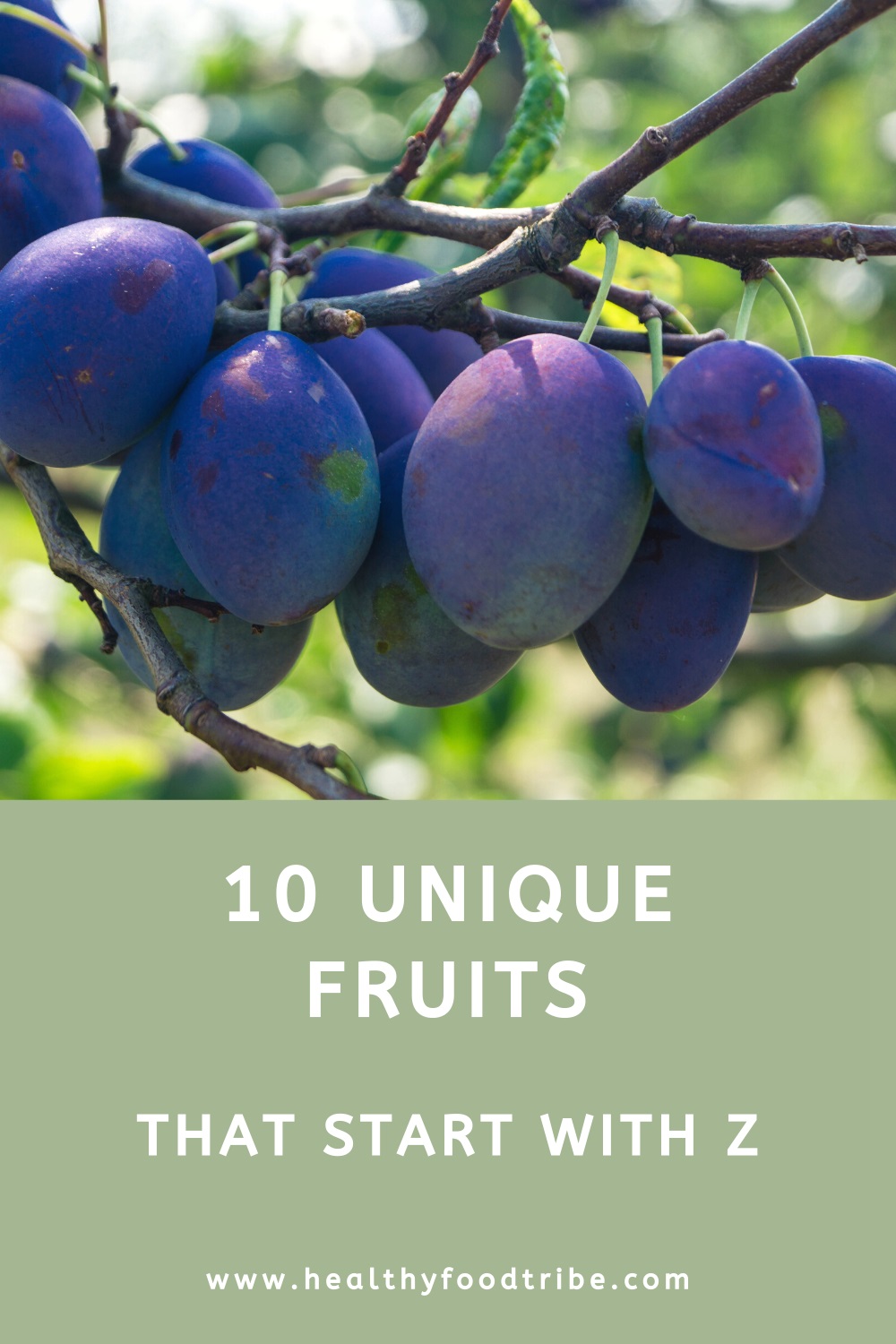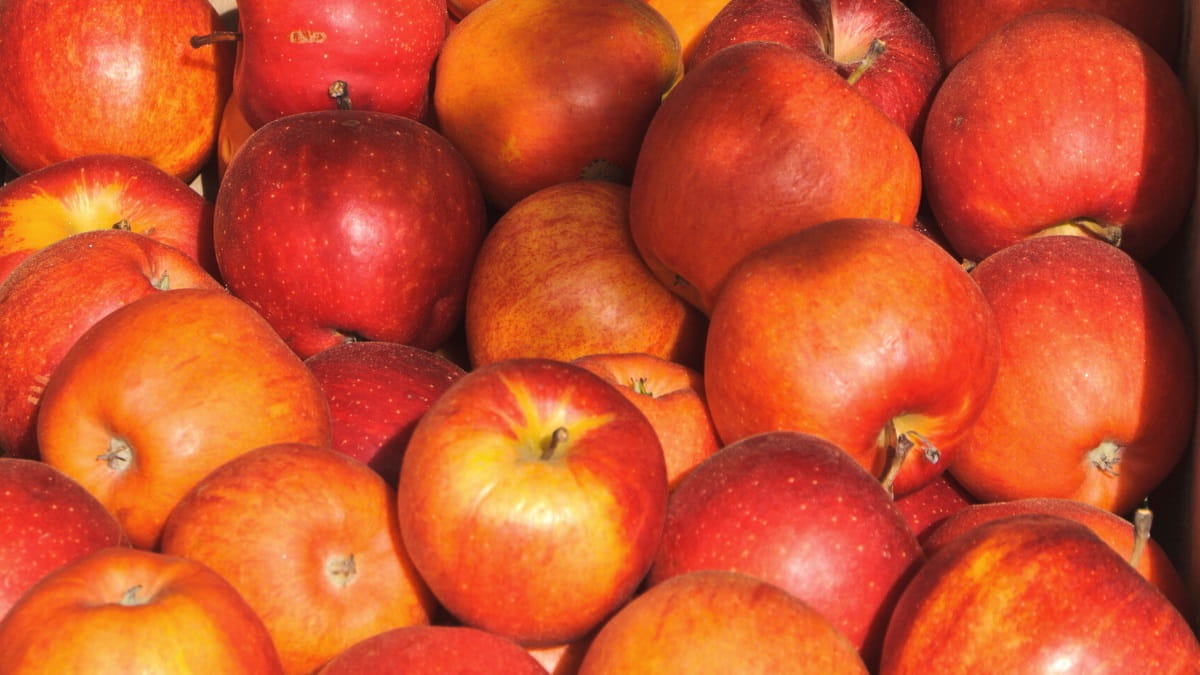Last updated: November 21, 2023
A list with ten unique fruits that start with the letter Z, including info on their origins, how to consume them, and what they taste like.
The letter Z may not be all that common in the English language, but it is used frequently in other languages around the world.
And that is why this list of the top 10 fruits that start with the letter Z features so much exotic produce.
Strap in and prepare to travel as I examine 10 of the tastiest, strangest, and most interesting fruits that start with Z.
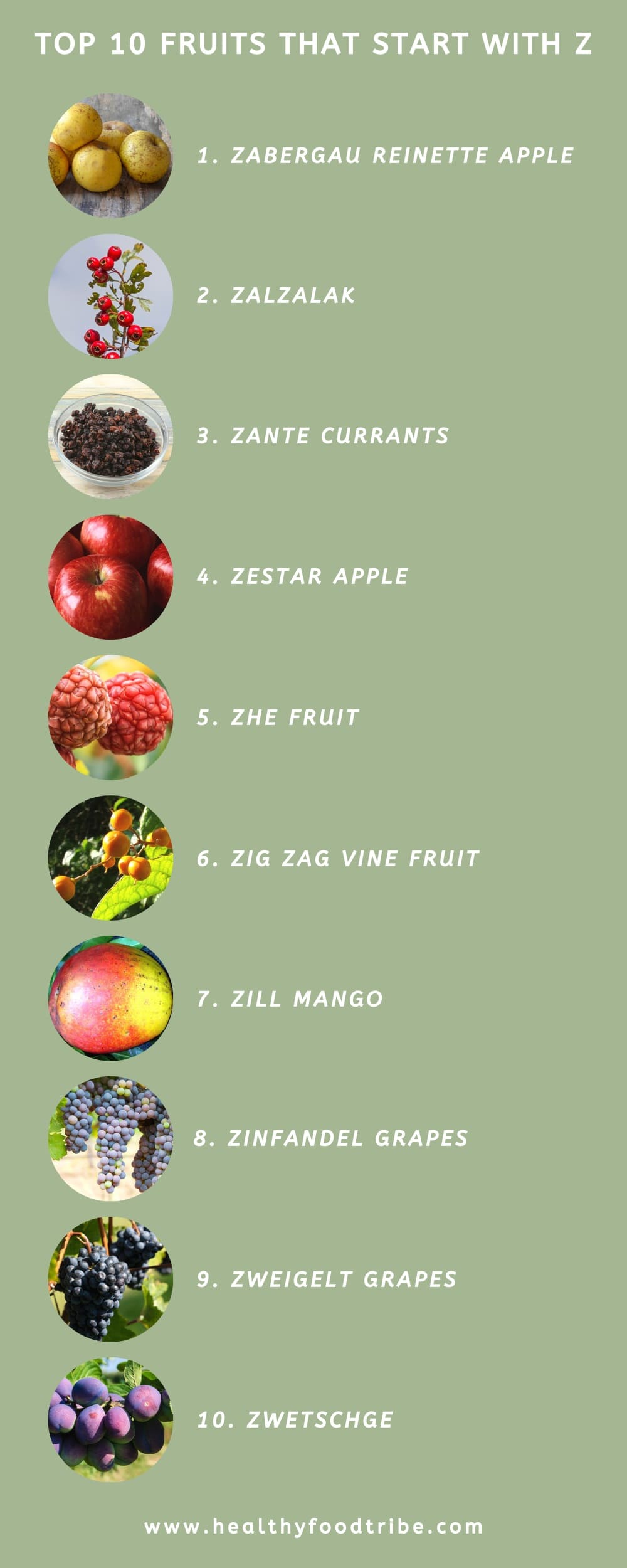
1. Zabergau Reinette Apple
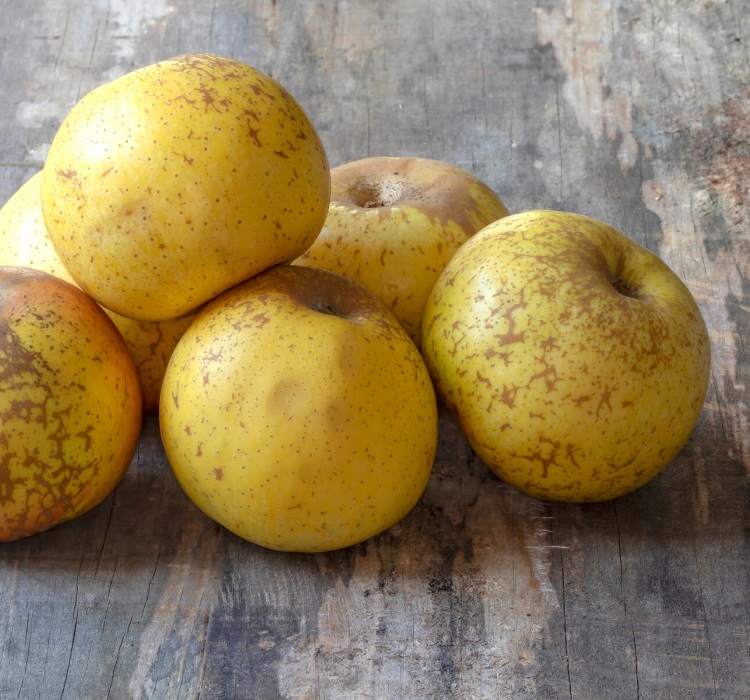
Zabergau Reinette apples are a special German apple cultivar with many unique characteristics. It is a russet apple, which means the peel exhibits rough patches of brown skin. The glossy parts of the peel are light green to yellow, with or without some areas of red.
The word “Zabergau” refers to the region where the first tree was grown. And the term “reinette” is used to describe apples with a fine flesh texture and robust flavor. Zabergau Reinettes are a good source of vitamins C and A and fiber. Like other russet apples, this one is prized for baking with.
This strange apple is one of the most popular heirloom species in Europe. It has incredibly dense, crisp flesh and an intense flavor. The taste mellows from sharply sweet to more balanced with nutty undertones after a month in storage.
2. Zalzalak
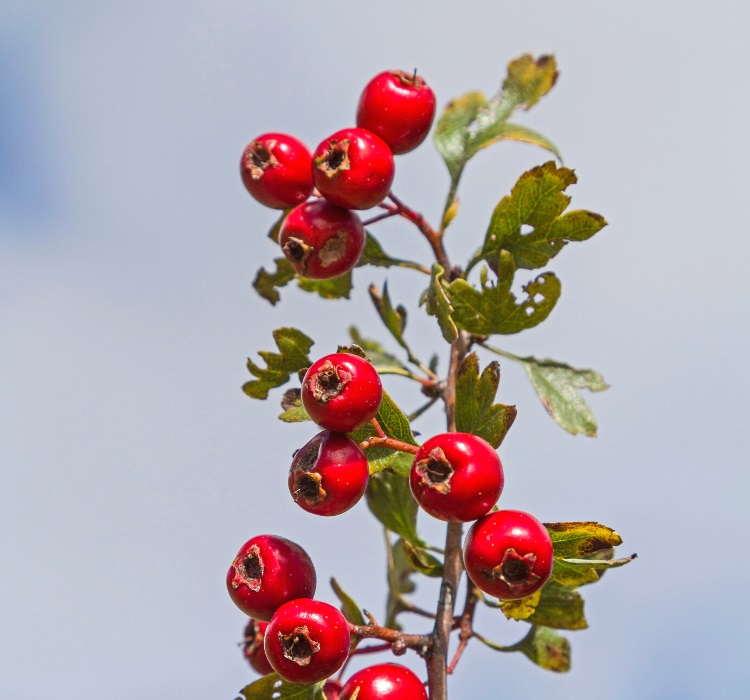
Zalzalak fruit grows on a type of hawthorn (Crataegus) native to Iran. The small red fruits are about the size of a blueberry and look somewhat like a cranberry.
The flavor of the zalzalak is both instantly sweet and very sour. During the autumn, they are gathered and sold widely at fruit vendors throughout Northern Iranian cities.
While the unique flavor makes them worth trying, it is their perceived health benefits that keep the locals coming back for more. This bright red fruit is generally eaten raw or made into a healing elixir or syrup.
15 Red fruits from around the world.
3. Zante Currants
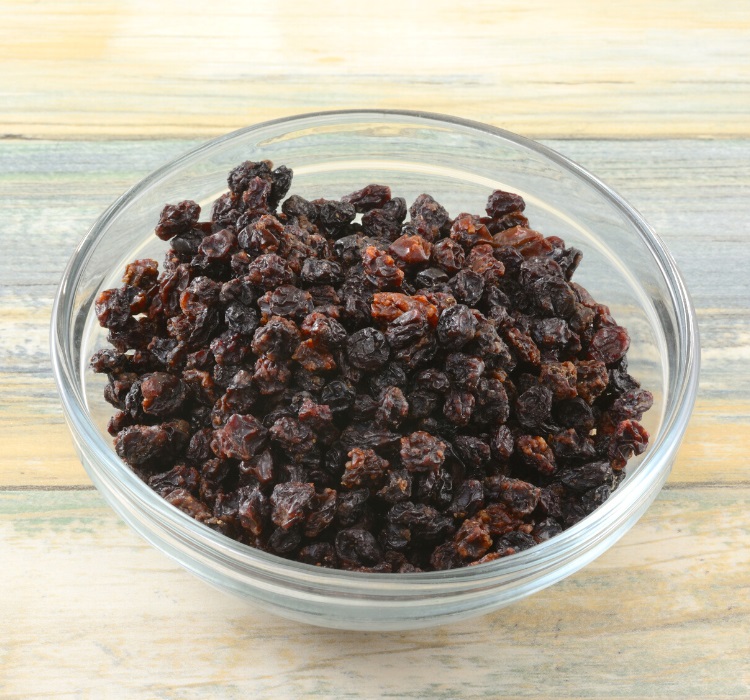
Also known as Corinth raisin, zante currants are dried fruits made from Black Corinth grapes.
This specialty kind of grape is seedless and about the size of a pea. They have been grown and consumed by humans since the time of the Ancient Greeks. But the practice of turning these tiny grapes into tiny raisins came much later.
The first mention of Zante currants came in 75 AD, making these the first raisins likely to have ever been made. About a thousand years later, the trade of Corinth raisins became common from the Greek island of Zante. Through the years, the name for the small, dried fruits was misinterpreted, which eventually led to them being called Zante currants.
Compared to raisins, Zante currants have a more intense flavor with a noticeable tang. They’re typically used in baked goods, fruitcakes, mince pies, and puddings alongside or as a substitute for raisins.
4. Zestar Apple
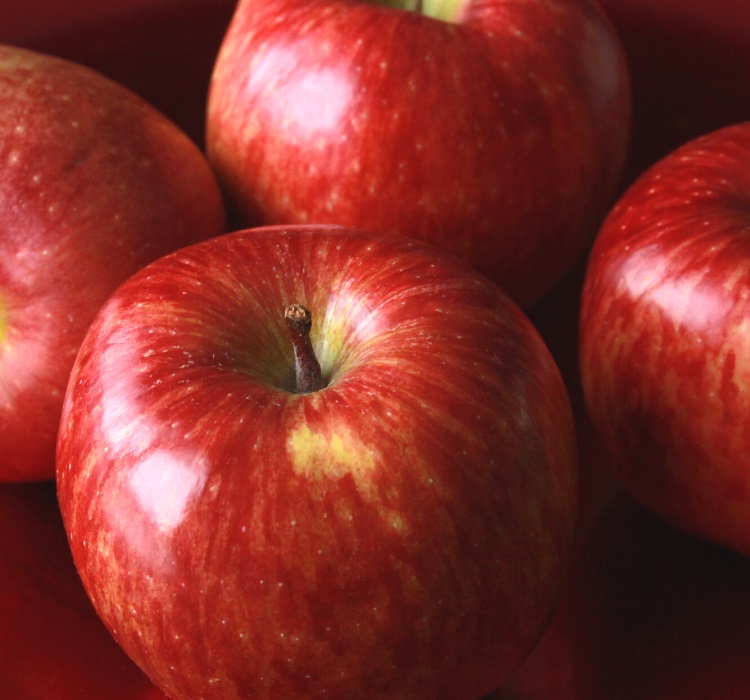
This unique apple cultivar, technically spelled “Zestar!“, is an intentional hybrid created by the University of Minnesota. The goal was to create an early-season apple that could rival the sweet, crisp flavor of later-season varieties. The Zestar is all these things as well as juicy and unique.
The flavor is both sweet and tangy with a rich brown sugar aftertaste. The apples themselves are round and medium-sized. The skin blushes red in the sun with yellow hues on the shady side.
Zestars are an excellent option for snacking apples, but they also make good additions to spring-baked goods. This variety has a long shelf life and will last for about two months without refrigeration.
5. Zhe Fruit
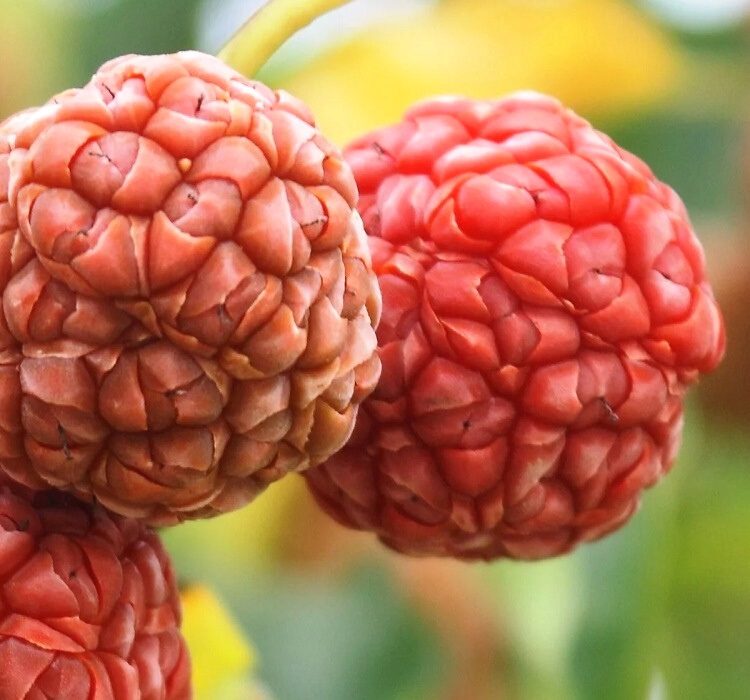
Zhe fruit, pronounced “chè” and sometimes written as “che fruit”, is a small red berry that grows on the cudrang tree. The fruits are about the size of raspberries and look similar, though they have a tighter, more shriveled appearance.
The skin of these red fruits is somewhat firm, while the flesh is juicy yet dense and a little chewy. Ripe zhe fruits are mildly sweet with a flavor reminiscent of melon and mulberry. The riper the fruit, the more intense the flavor will be.
Zhe trees are native to East Asia. The trees are not commercially cultivated there, but bountiful harvests of individual trees often mean you can find these berries at local fruit vendors.
These odd little berries are used in many of the same ways raspberries are. They are typically eaten raw and added to salads, smoothies, and desserts. In China, they are often fermented into zhe wine.
6. Zig Zag Vine Fruit
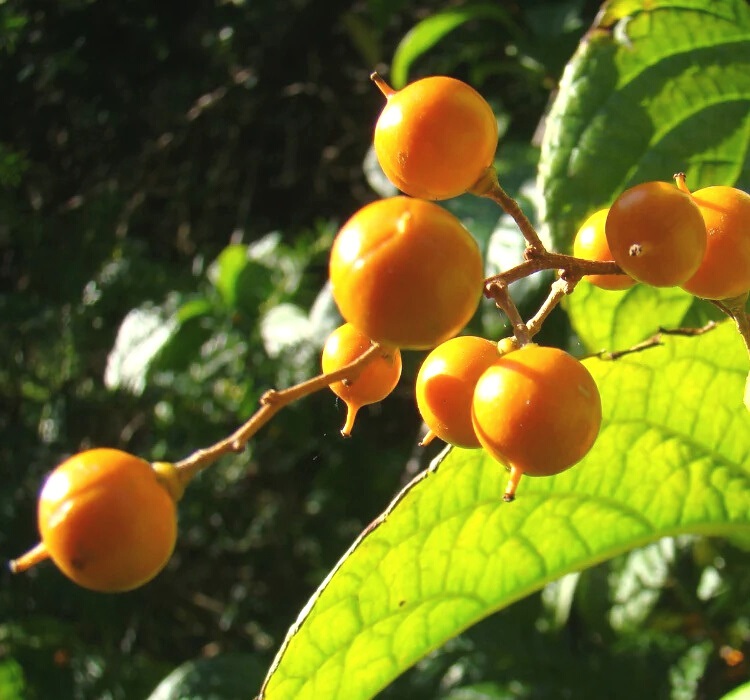
Zig zag vines are native to New Guinea, Malaysia, and Eastern Australia. They produce tiny orange fruits with an elongated stem end and round body. Often, fruits will develop with multiple seeds inside and take on a lumpy or pea-pod-like appearance.
The edible flesh of these small fruits has an interesting acidic, spicy-yet-sweet flavor, somewhat like orange sherbert. The texture is similar to a banana.
Because of the large seeds and relatively small amount of flesh on each fruit, they are rarely eaten fresh. Instead, they are cooked into sauces or made into a liqueur.
7. Zill Mango
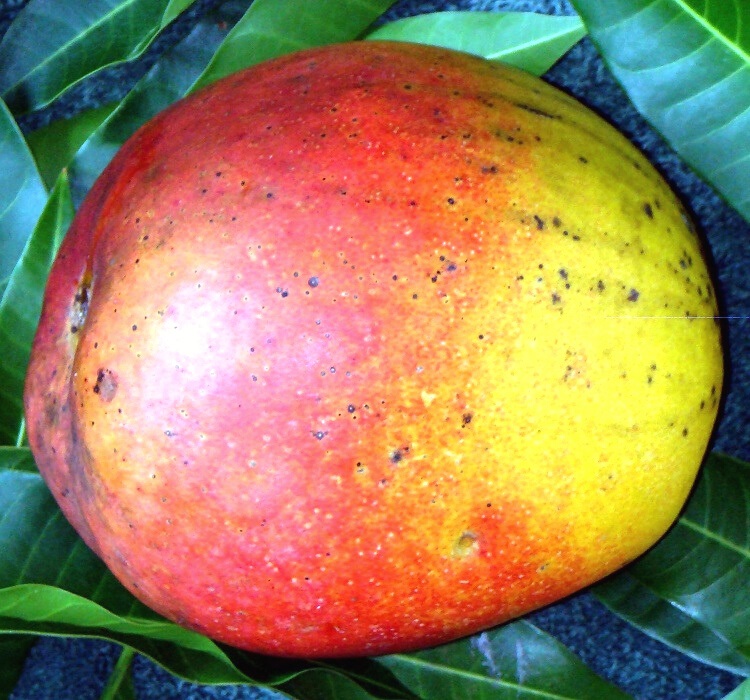
Zill mangoes are a cultivar type that first came into existence in 1922. The original tree was thought to be a cross between Haden and Bombay cultivars. It gained commercial popularity after a nursery owner named Laurence Zill started propagating it.
For a long time, the Zill was popular for its strong aroma and sweet flavor reminiscent of pineapple. But it fell out of favor toward the end of the century as more shelf-stable varieties were created. Today, Zills are widely grown as yard trees in Florida and other tropical locations.
The Zill mango is smaller than many varieties. It has a light green peel that ripens to red and yellow, and the flesh inside is bright orange.
8. Zinfandel Grapes
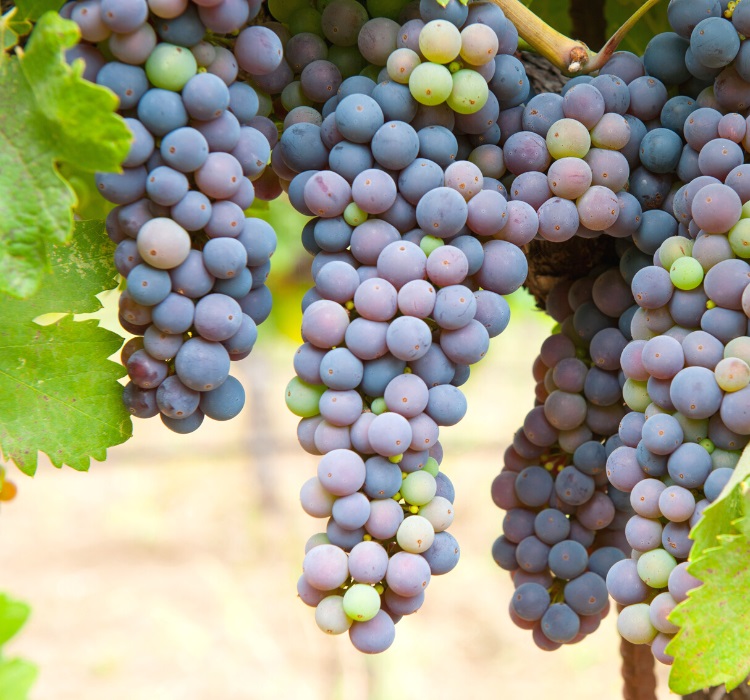
Zinfandel wine grapes are the fourth most commonly planted grape in California. These large grapes have deep blue-black skin and translucent flesh. They are used to make red zinfandel and white zinfandel wine.
The original zinfandel grape vines likely hailed from Croatia or Southern Italy. They found their way to the US in the mid-19th century.
The grapes themselves have varying flavors depending on the season and their ripeness levels. All have a high sugar content and a taste that ranges from light raspberry to deep blackberry with hints of anise and pepper.
9. Zweigelt Grapes
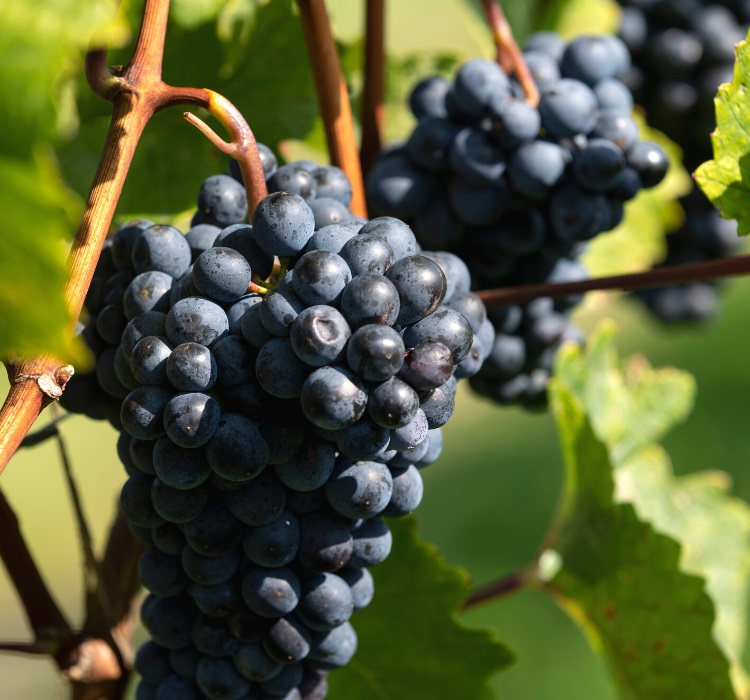
Another wine grape with a z-name is the Zweigelt grape. This plump, blue-purple grape was created in 1922 by an Austrian horticulturist named Friedrich Zweigelt. While relatively rare in the United States, these grapes are commonly grown in Austria and Canada.
Zweigelt wine is deep red in color and has a fruity flavor with hints of pepper and cinnamon. It is similar to Zinfandel, with a slightly brighter, more acidic nature. The grapes themselves are equally bright and fruity with a noticeable cherry flavor.
Like other dark grapes, Zweigelts are high in antioxidants, vitamins, and minerals. Like most wine grapes, they are used exclusively for fermenting and are rarely eaten raw.
10. Zwetschge
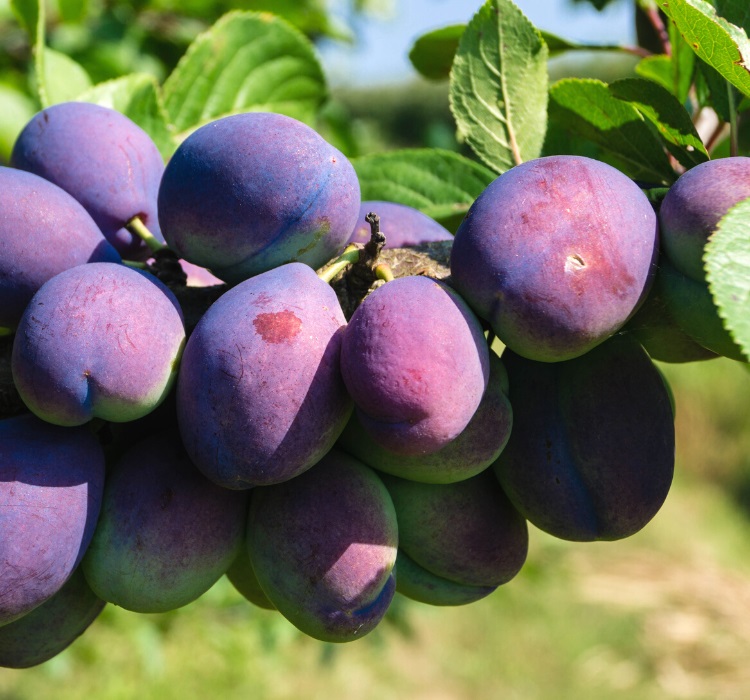
The zwetschge is an Italian prune plum. It has an oblong shape and deep purple-blue skin. The flesh inside is golden yellow.
Like traditional plums, these prune plums come in various types that vary in size and flavor. They are most often used for drying to create prunes, but they can also be used in baking or eaten fresh.
Zwetschges tend to be milder in flavor than standard plums. But their delicate sweetness is intensified by the drying process.
10 Purple fruits from around the world.
